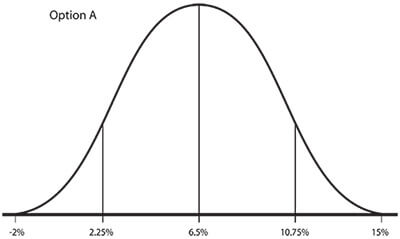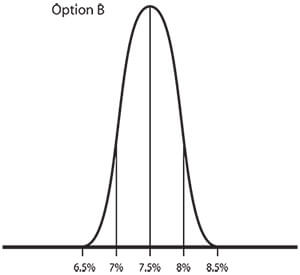Investors see value, but why won’t they act on it?
Investors continue to favour higher-fee active investments when lower-fee passive strategies are clearly better for them
Advertisement
Investors continue to favour higher-fee active investments when lower-fee passive strategies are clearly better for them
 Option B (Beta-replicating) is predicated on mimicking a market.
Option B (Beta-replicating) is predicated on mimicking a market.
 In my examples I’ll use a market return of 8% and then deduct the average cost of the products to determine the expected market return. Let’s assume that traditional active products (for example, F Class mutual funds) cost 1.5% and traditional passive products (for example, market-tracking ETFs) cost 0.5%. Those costs are likely a bit high, but the important thing to note here is that the difference in cost is about 1 percentage point.
In my examples I’ll use a market return of 8% and then deduct the average cost of the products to determine the expected market return. Let’s assume that traditional active products (for example, F Class mutual funds) cost 1.5% and traditional passive products (for example, market-tracking ETFs) cost 0.5%. Those costs are likely a bit high, but the important thing to note here is that the difference in cost is about 1 percentage point.
Share this article Share on Facebook Share on Twitter Share on Linkedin Share on Reddit Share on Email